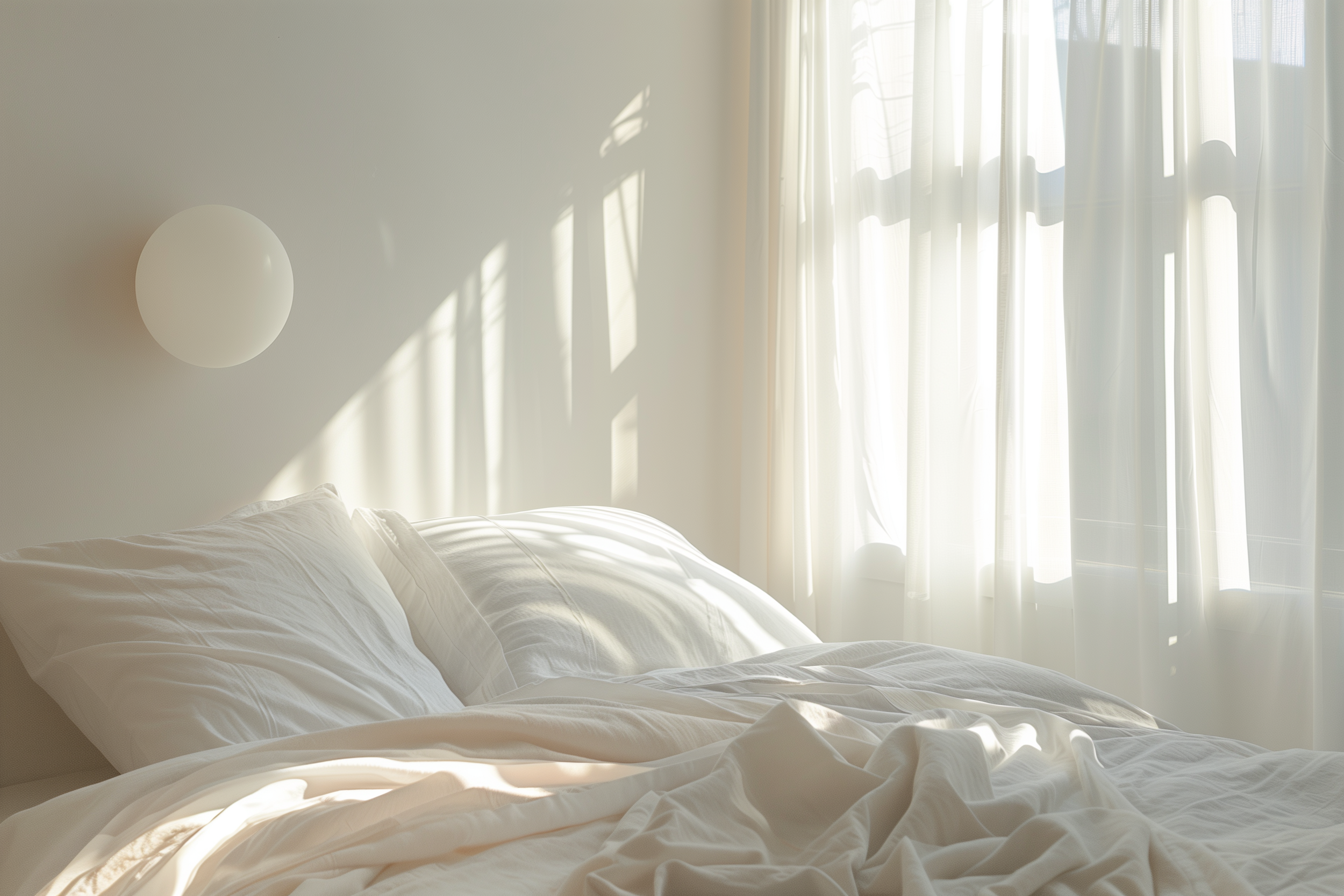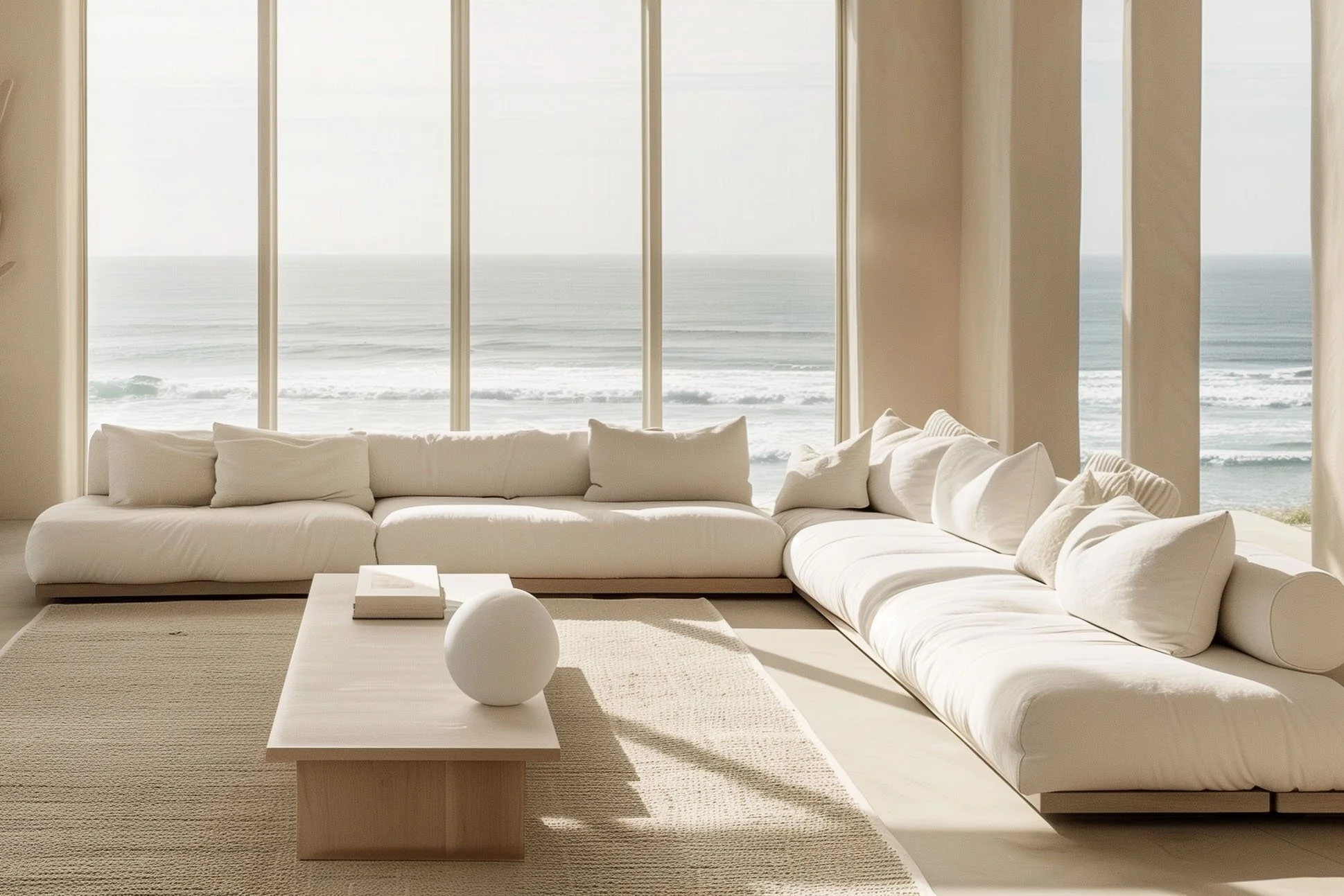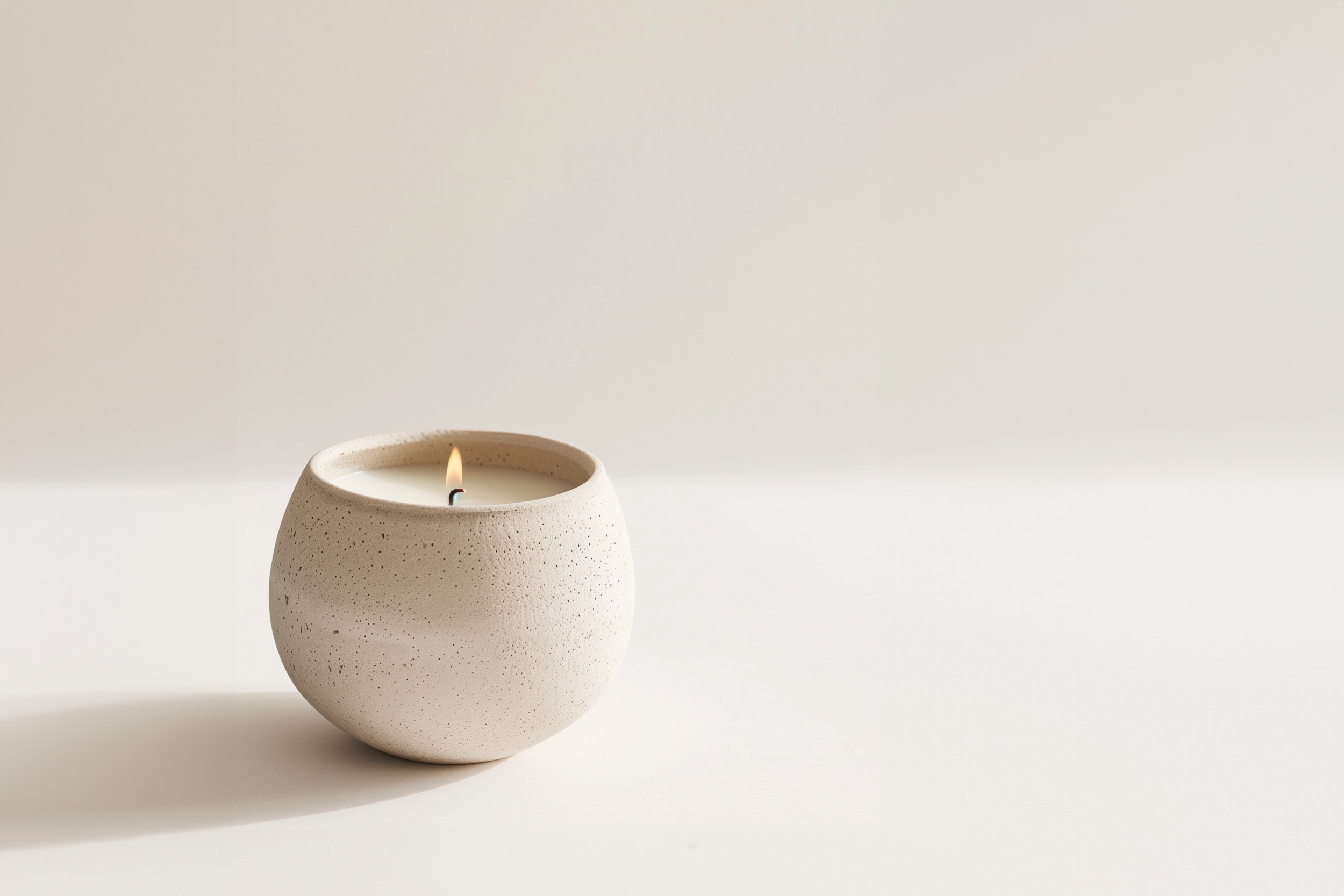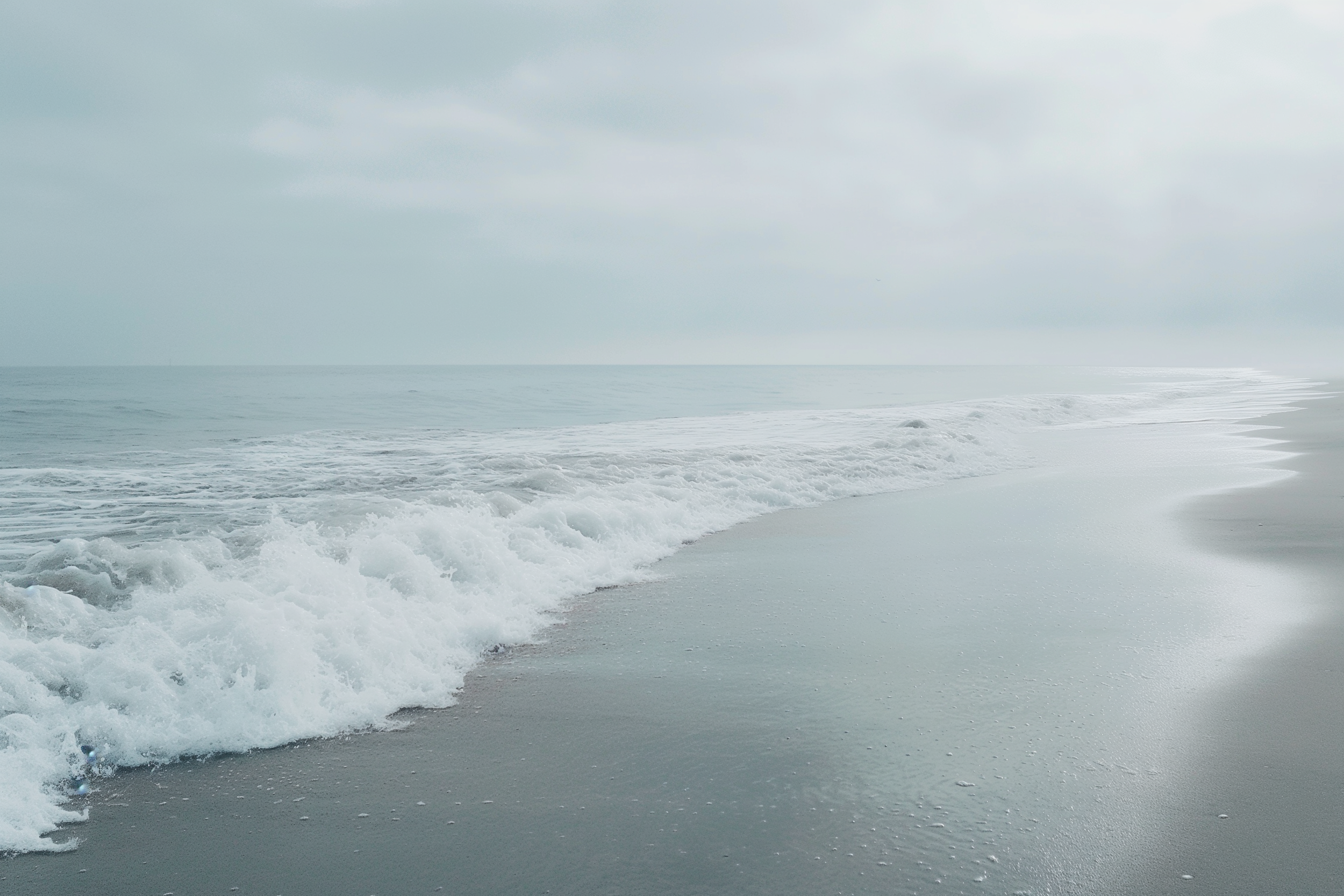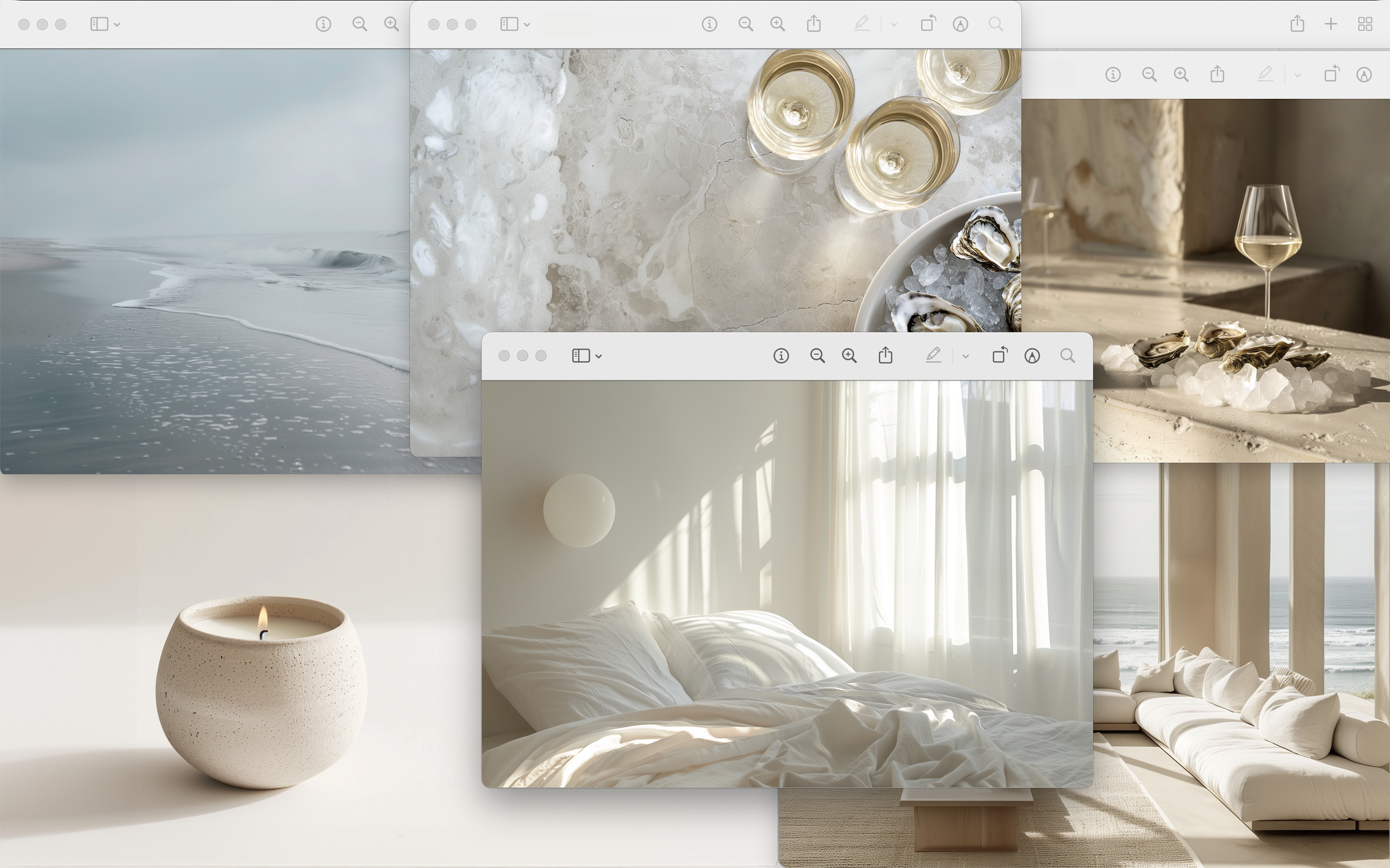Using Sensory Profiles to Create Multi-Dimensional Brand Experiences
Let's explore how sensory details can make your brand more engaging, memorable, and immersive.
Brand experiences aren’t just about what we see—they’re about what we feel. By tapping into all five senses, brands can create deeper connections and lasting impressions. This post explores how sensory profiles help shape immersive brand experiences, making them more memorable and meaningful.
We always start our branding process with Brand Strategy, also referred to as the Discover phase. It’s here that we begin with a thorough exploration of your brand’s landscape, immersing ourselves in your world while uncovering your brand essence and understanding what sets you apart.
Then during the second phase, Creative Direction, we transform these strategic insights into engaging sensory experiences, driven by curiosity and creative exploration. We also call this the Distill phase.
We used to group this into the first phase alongside strategy, but I found that it was too much all at once. It was better for us to focus solely on strategy before layering on the visual component and starting to imagine how the brand might come to life visually. I find that having more touchpoints with our clients allows the whole process to be more collaborative and ultimately more seamless, as we're ensuring we're aligned every step of the way.
This brings me to this article today, where I'm going to share one of the specific sections from our Creative Direction phase, called the Sensory Profile.
Crafting a Multi-Dimensional Design Experience
Including a sensory profile allows us to explore brand attributes beyond the visual identity, engaging deeply with the often subconscious elements of your audience's experiences. This approach helps answer the question, “How do we want the brand to feel?” — which is one of our favourite questions to ask and consider throughout the branding process.
By stimulating the senses, you create a multi-dimensional brand that resonates on an emotional level, offering the opportunity to further enrich interactions with your brand beyond the design itself.
Let's take a look at what that looks like in our process and how we would start to prompt the discussion around each sense.
Sensory Profile Breakdown
Touch
Describe how the physical textures and materials associated with your brand create a tactile experience that reflects your brand values and aesthetic. This is the most literal manifestation of how your brand will “feel.”
Sight
Capture any visual elements, including color palettes, imagery, or design styles, that might be associated with your brand and embody your brand's identity while evoking the desired emotions in your audience. This could also be directly associated with what your brand offers or where it shows up, such as a physical space, or what the product or packaging looks like.
Taste
Relate any flavors and culinary experiences that might be linked to your brand, if applicable, that convey the brand's essence and create a memorable taste experience. This can often be a little more abstract, as we may not immediately associate a taste with our brand, but try to get creative with what it could be.
Scent
Identify the fragrances and scents that might represent your brand's atmosphere, enhancing the sensory experience and fostering a deeper connection with your audience. Scents are often tied directly to memory and evoke a sense of nostalgia, so tap into any associations that might make sense for your brand.
Sound
Highlight the auditory elements, such as music or ambient sounds, that align with your brand's mood and contribute to a holistic sensory experience. I often like to curate a mini playlist for this, or even pick out a specific song, and then maybe also consider how sounds might layer to create a more robust experience, even if it's a subtle soundscape that serves as a backdrop.
Applying the Sensory Profile to a Brand: Sirena Beach House
To illustrate how we actually build out the sensory profile, I thought I'd include an example from a passion project I've been working on for my dream boutique vacation rental, Sirena Beach House. This concept has been in the works for a few years now, and though it's currently fictional, I have every intention of making my vision a reality someday, so I thought why not start by designing the brand?
For the sensory profile, and because this doesn't actually exist (yet!), I've used a mix of inspiration gathering, my own imagination and help from my favorite AI tools (let me know if you're interested in learning more about this, too?), to bring this concept to life. When we share our sensory profile in the Creative Directiondeck, we include an image for each sense along with a short explanation, since part of the intention here is to start to merge visuals with concepts and ideas. So I've gone ahead and included both below.
Here's what my sensory profile would look like for Sirena Beach House:
Touch
The feeling of melting into soft, airy linens, a gentle breeze caressing your bare, sun-kissed skin, and the warmth of the morning light streaming in through the windows. This creates a tactile experience that reflects the simple, serene, and inviting nature of Sirena Beach House.
Sight
The visual elements include a color palette of coastal blues, sandy beiges, and soft whites. The design of the space features large windows with natural light flooding the space, relaxing beach scenes, and minimalistic decor in a mix of natural textures, evoking the soothing ambiance of an oceanside escape.
Taste
For taste, we focused on the sophisticated simplicity of a crisp white wine and the indulgent, saline taste of locally sourced oysters, elegantly presented on a textural cream stone countertop. This highlights the fresh and refined flavors we want associated with Sirena Beach House.
Scent
We chose a simple yet elegant candle scene to represent the fragrances of a salty ocean breeze, fresh linen, and light florals like jasmine or white orchid, enhancing the serene atmosphere of the beach house.
Sound
A dreamy image of gentle waves softly crashing on the shore captures the tranquil and soothing sounds of the seaside, providing a serene auditory backdrop.
Notice how I'm also still considering the other senses when I'm describing and envisioning one in particular, which is really helping to paint the overall picture of what this brand will feel like. So the oysters are on a handmade ceramic plate, and the candle is in a similar vessel, for example, which also speaks to the tactile and visual elements of the brand, not just the taste and scent profiles that those images were created for.
They help you envision and feel this brand world that we're creating by paying close attention to the details.
It's another way to start crafting a language around your brand, to find words that can be used to describe it (what we refer to as brand tone words) and then to also link those adjectives to visuals as you build out a moodboard or create brand imagery.
And when we layer them all together, we really do get a sense of what this brand will feel like, even though we're still in the early stages of building it and we haven't even touched the design yet.
Creating a sensory profile is a powerful tool in crafting a brand that truly resonates on a deeper level with your audience. By engaging the senses, you can evoke emotions and memories that make your brand unforgettable.
As you reflect on your own brand, consider how you can incorporate sensory elements to enrich your audience's experience. Think about the textures, colours, flavours, scents, and sounds that represent your brand's essence and values.
How do you want your brand to feel?
What emotions do you want to evoke?
I encourage you to start by brainstorming each sensory category and gathering inspiration. Create a moodboard, brainstorm a list of words that come to mind, curate a playlist, or even test out some fragrances and see if any resonate. Remember, it's these details that create a multi-dimensional brand experience, making your brand not only seen but also felt.

